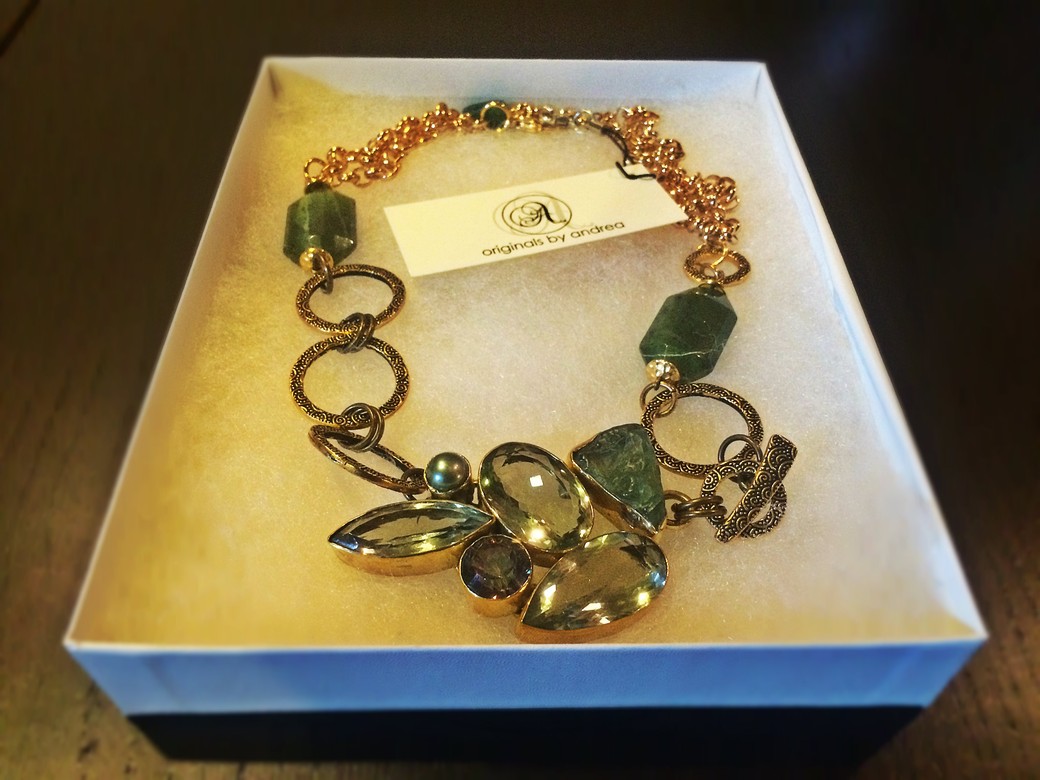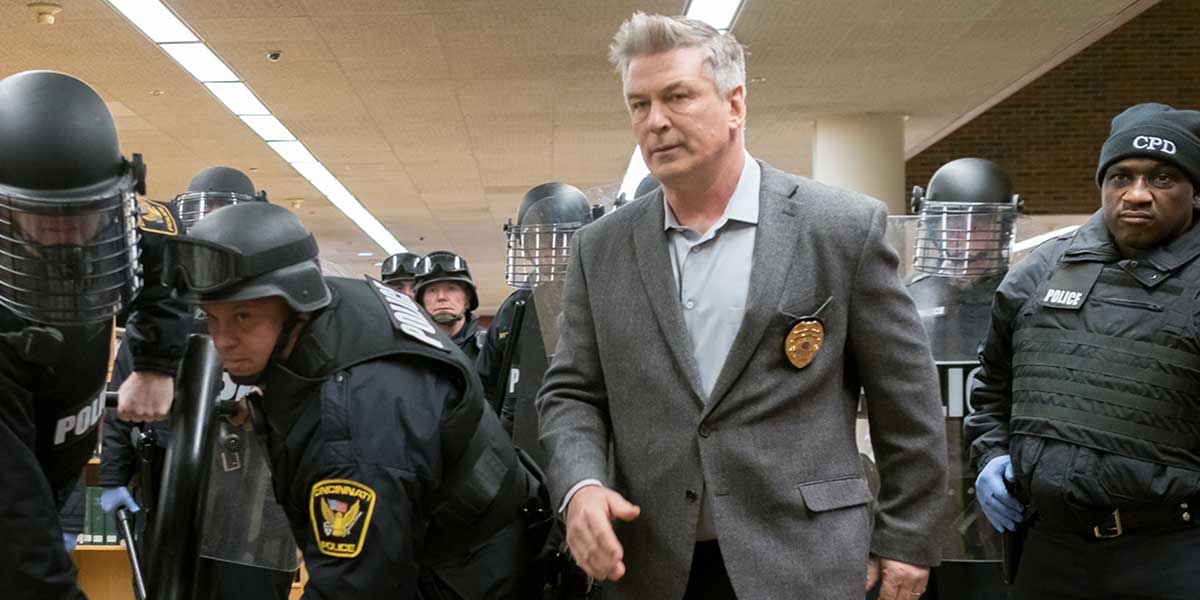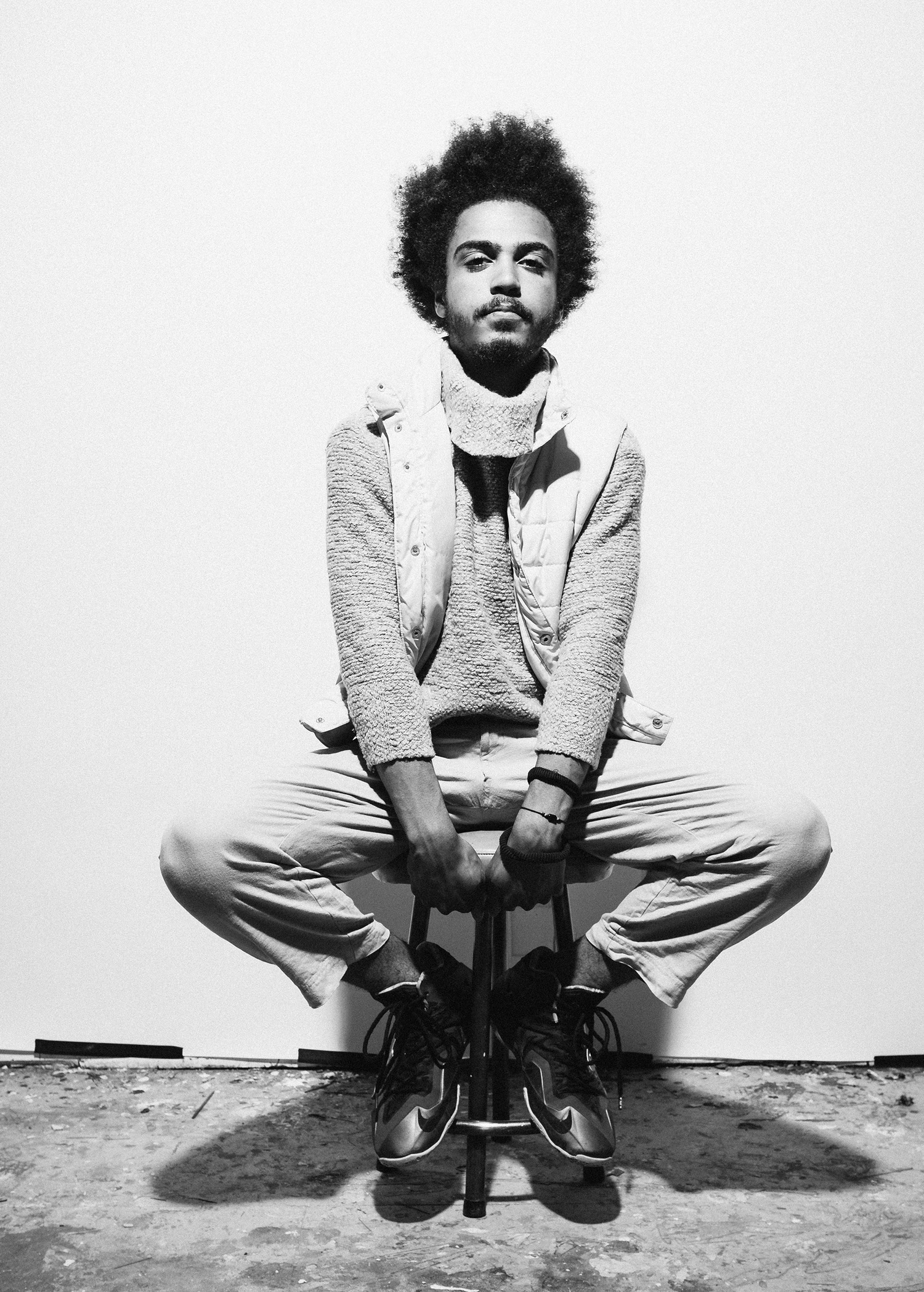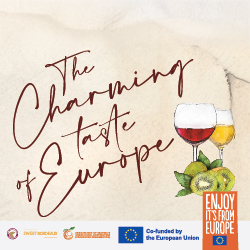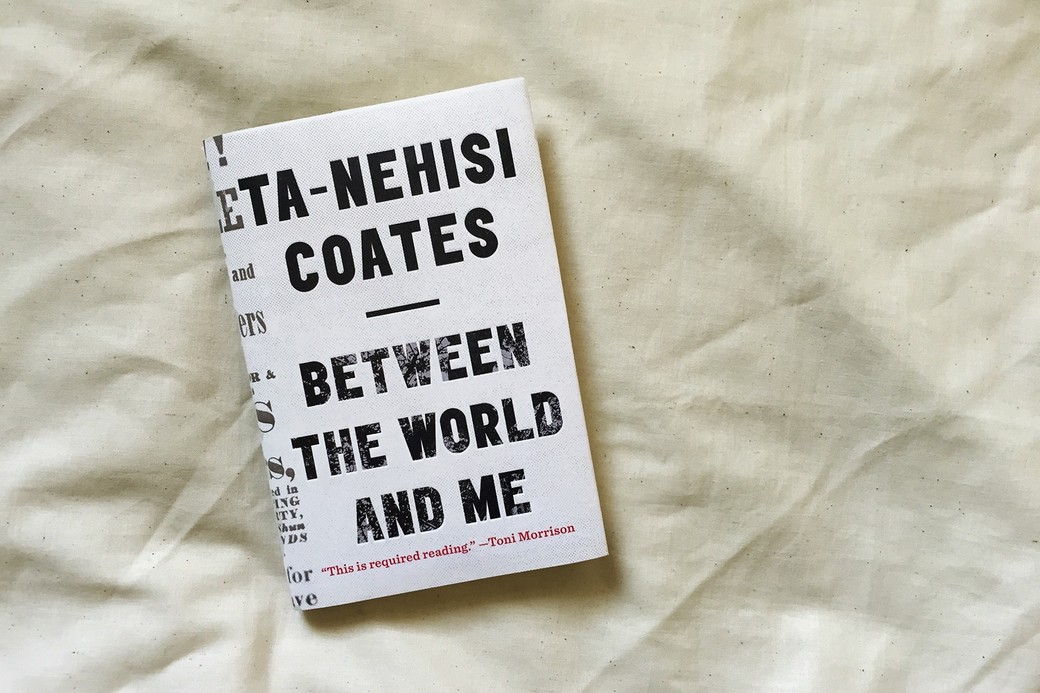
Black in America
Between the World and Me
By: Ta-Nehisi Coates
Reviewed by Don MacLean
In the October 6, 2014 issue of the New Yorker Jennifer Gonnerman tells the remarkably tragic story of Kalief Browder, a Black 16 year old male living in the Bronx. On a Saturday evening in May 2010 Kalief was walking home with a friend. They had been at a party. Seemingly out of nowhere New York City police cruisers surrounded the two young men. An officer informed them they were being charged with robbery. Another young man’s backpack had been stolen, they were told. The boys informed the police they had the wrong guys. They pointed out the obvious: they had no backpack in their possession, stolen or otherwise. The officer’s response was to tell them the robbery had happened weeks earlier. They were arrested and taken to a nearby precinct.
Although his friend was eventually released, Kalief experienced no such luck. As Gonnerman reveals, he never made it home and within days was sent to Rikers Island, New York’s notoriously violent jail complex. The initial absurdity of his arrest was now entering the much darker phase of tragedy. At Rikers he would be subject to arbitrary violence on a regular basis. Forced to defend himself, Kalief repeatedly landed in solitary confinement, often for extended stretches of time. He clung to his innocence like a starving man clings to his last loaf of bread. His innocence made no difference. Days at Rikers turned into months. Months turned into years. “Plead guilty,” he was repeatedly told, “and you’ll be released for time served.” Kalief had been violated and ruthlessly, shamelessly stripped of his rights. He wasn’t about to stripped of his dignity too. He refused to plead guilty even though it meant risking years more in the hell hole into which he had been pushed. Finally, after more than three years spent at Rikers he was released. The prosecution never had any evidence against Kalief and so dropped the case. They had succeeded, however, in destroying him. More than three formative years in the young man’s life had been stolen. The violence and torture to which he had been subject could not so easily be shrugged aside. After struggling to adjust to life on the outside, Kalief committed suicide.
 This particular miscarriage of justice committed against a young black man in America is not written about in Ta-Nehisi Coate’s timely book, Between the World and Me. It could have been. The book is written as a letter to Coates’ son, Samori. It’s a letter inspired by love but firmly rooted in the experience of being black in America. That experience, for Coates, is shaped in part by the seemingly endless string of examples of black men and women being killed – often, although by no means always, at the hands of police. The fact of their deaths is tragic enough; the tragedy is compounded, however, by the lack of sanction of those guilty of killing. Trayvon Martin was killed while walking back to his parent’s home. He was unarmed. Trayvon was followed and aggressively confronted by his armed killer. Yet his killer was acquitted on the basis that he had to have been acting in “self defence.” Eric Garner’s alleged crime was selling knock off cigarettes. For this he was surrounded by officers before being choked to death. His last desperate cries – “I can’t breathe, I can’t breathe” – made no difference to the officer applying the deadly choke.
This particular miscarriage of justice committed against a young black man in America is not written about in Ta-Nehisi Coate’s timely book, Between the World and Me. It could have been. The book is written as a letter to Coates’ son, Samori. It’s a letter inspired by love but firmly rooted in the experience of being black in America. That experience, for Coates, is shaped in part by the seemingly endless string of examples of black men and women being killed – often, although by no means always, at the hands of police. The fact of their deaths is tragic enough; the tragedy is compounded, however, by the lack of sanction of those guilty of killing. Trayvon Martin was killed while walking back to his parent’s home. He was unarmed. Trayvon was followed and aggressively confronted by his armed killer. Yet his killer was acquitted on the basis that he had to have been acting in “self defence.” Eric Garner’s alleged crime was selling knock off cigarettes. For this he was surrounded by officers before being choked to death. His last desperate cries – “I can’t breathe, I can’t breathe” – made no difference to the officer applying the deadly choke.
Coates’ anger about these types of tragic episodes is visceral. They serve as proof that Black lives still do not matter in America. Part of his aim in writing the book is to channel that anger into a deeper understanding of the historical roots of such violence towards Blacks. He then draws a direct line between those roots and the present. Establishing this sort of connection is among the various reasons why Between the World and Me is such an important book. For there is still no doubt a tendency towards historical amnesia, particularly among a certain segment of whites in America. They don’t necessarily see any connection between America’s long history of slavery and Jim Crow laws and a black teenager being arrested and locked away for years for an obscenely petty crime that he didn’t even commit or for an unarmed black man being shot multiple times in the back as he tried to flee a white police officer after a routine traffic stop. Don’t see that such examples of brutality are merely the latest manifestations of a dominant culture that believes in its inherent right to exercise control over and commit violence towards black bodies. This problem of historical amnesia is compounded, according to Coates, by the twin myths of American ‘exceptionalism’ and democratic virtue.
Between the World and Me is difficult to classify. The book has a stirring, polemical quality about it; it is designed to pull back the curtain, to debunk myths and expose harsh truths about the nature of the black experience in America. The book’s other chief strength is the quality of the writing. Indeed Coates’ elegant prose almost acts as a counter point to the anger invested in the book. It’s the combination of the two – Coates’ searing indictment of a country where Blacks are still treated as inferior and the beautiful prose with which he makes his case – that largely accounts for the critical acclaim the book has received. Such acclaim is well deserved.
 Coates’ personal journey is interwoven with his analysis. He grew up in Baltimore. From a very young age he was aware – first dimly and then acutely – of the role of street culture in the lives of black youths. He attended Howard University as a young man. There he discovered a joy of learning even when he was learning about the tortured past of his ancestors. Great Black writers – Frederick Douglass, C.L.R James, W.E.B Du Bois, Malcolm X, among many others – left deep impressions. Not only did they help to forge a sense of identity, they fuelled his desire to write. It’s the combination of his awareness of street culture and and his academic learning that leaves him so well positioned to speak about the Black experience in America.
Coates’ personal journey is interwoven with his analysis. He grew up in Baltimore. From a very young age he was aware – first dimly and then acutely – of the role of street culture in the lives of black youths. He attended Howard University as a young man. There he discovered a joy of learning even when he was learning about the tortured past of his ancestors. Great Black writers – Frederick Douglass, C.L.R James, W.E.B Du Bois, Malcolm X, among many others – left deep impressions. Not only did they help to forge a sense of identity, they fuelled his desire to write. It’s the combination of his awareness of street culture and and his academic learning that leaves him so well positioned to speak about the Black experience in America.
Coates is deeply suspicious of false promises of so many various kinds. Racial harmony? Hardly! Even in the age of Obama, such a promise strikes him as absurd. There can be no harmony so long as Blacks can be killed with impunity. No harmony so long as prisons are really profit machines fuelled by the mass incarceration of Blacks. Cosmic justice for all the millions who lived and died as slaves? Impossible! To suggest so is to demean the suffering of Black ancestors who were born in chains and died in chains. Besides, as Coates repeatedly references, he doesn’t have any belief in a God or any organized faith that would facilitate any such hope.
Coates’ relentless skepticism will no doubt fuel the impression among some readers that the book is ‘hopeless.’ If not in the promise of racial harmony or religious salvation, then where does hope lie? His atheism calls to mind one source of the divide between believers and non-believers. Believers insist a godless universe would render their own lives meaningless. Atheists will tell you that, on the contrary, it’s precisely the finite nature of existence that renders our lives precious. Moreover, it means that the future is open even if that future doesn’t stretch on through infinity. These sorts of epiphanies can be exhilarating. This is the sort of hope invested in Between the World and Me.
It’s also the sort of hope Coates endeavours to pass on to Samori. The weight of History – slavery, Jim Crow laws, segregation, poverty and urban ghettoes – has hardly been lifted. Blacks in America are still too often treated as inferior, their lives devalued. The risk of arbitrary violence without any sort of real protection by the law remains distressingly real. Fear, anger and wariness are understandable. The struggle to resist remains a necessary fact of Black life. Yet, as Coates insists to Samori, there is beauty and value in the struggle. The ability to study and understand are their own reward. Discovering new places beyond America’s borders is a measure of freedom, no matter how tenuous that freedom can sometimes seem. To see beauty in the Black body is at once a vital act of resistance and affirmation. So too is to love oneself. Worthy lessons all for a young Black person living in America.


